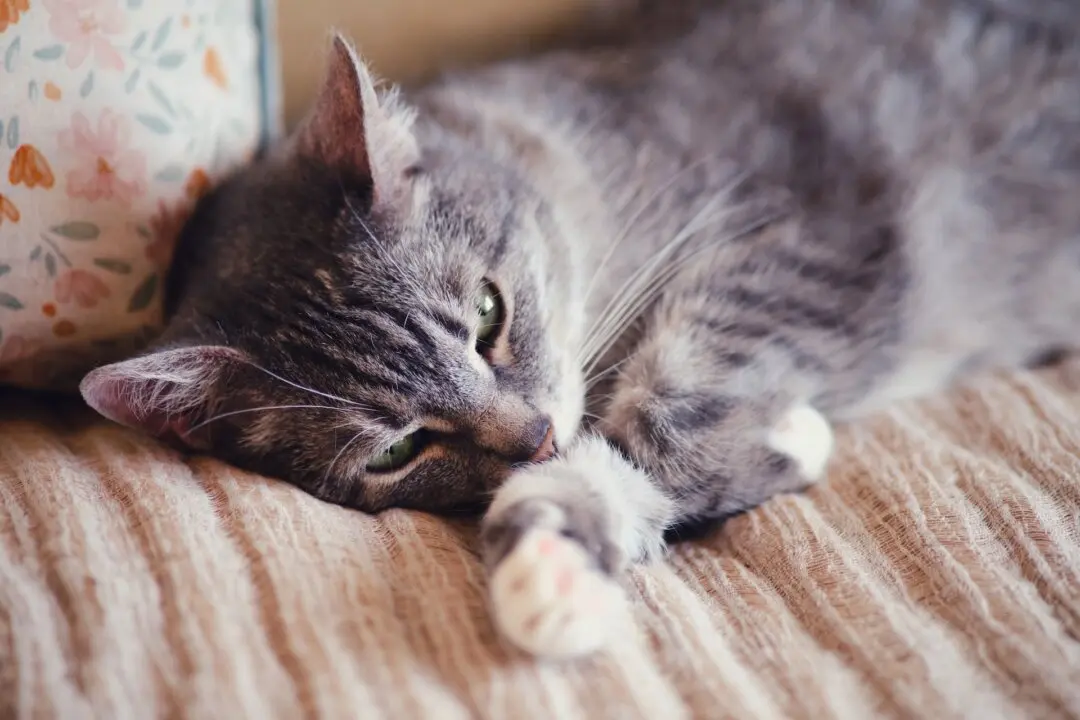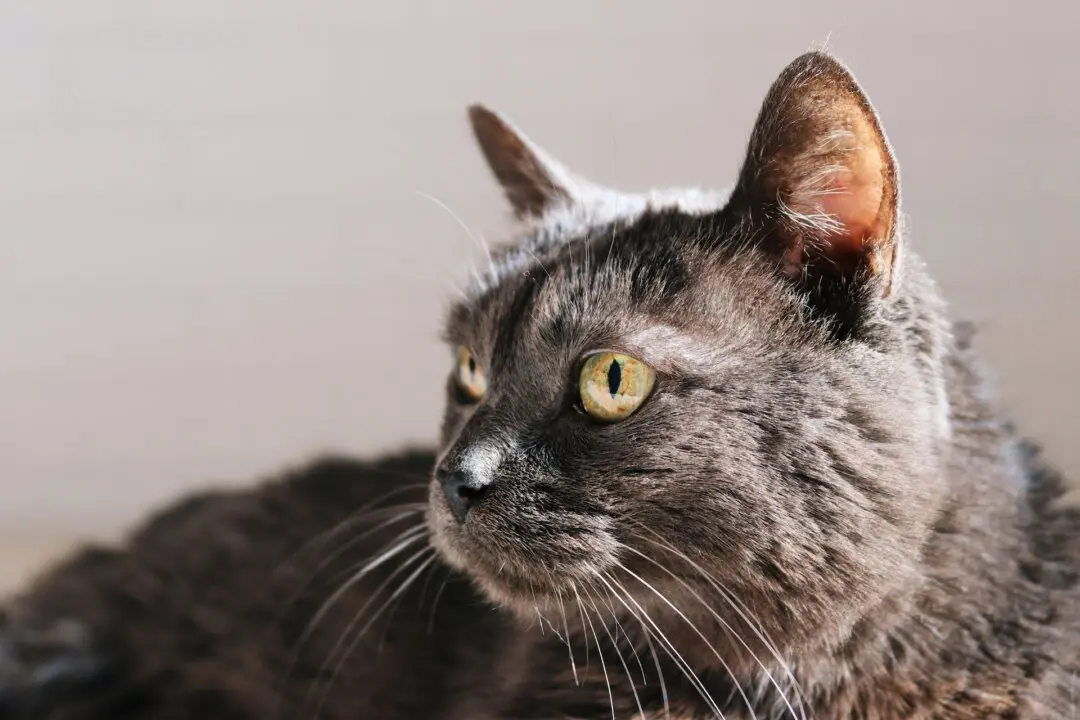Q: My kids’ Halloween candy sits around the house for weeks. Sometimes the kids share it with the dog; other times the dog steals candy that’s not hidden. I know chocolate is toxic to dogs. Is there anything else I should remove from the Halloween haul?
A: You are right that chocolate, which contains theobromine and caffeine, is toxic to dogs. They metabolize these chemicals slowly, so the effects—vomiting, diarrhea, restlessness, tremors, seizures, and a rapid, irregular heartbeat—may persist for hours to days.





